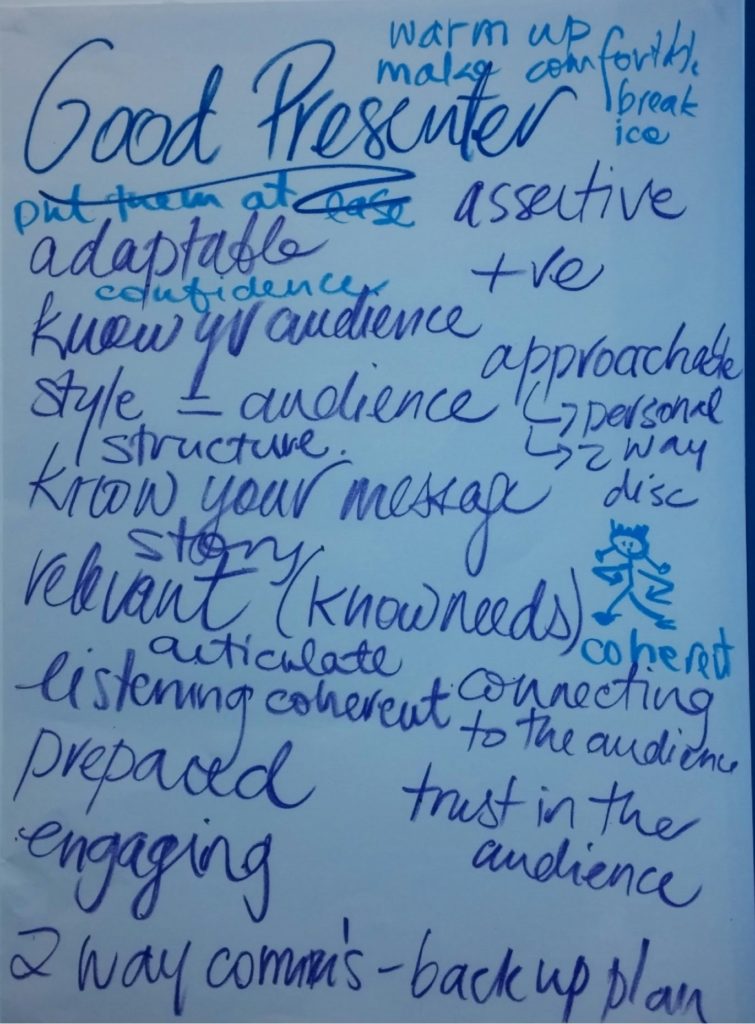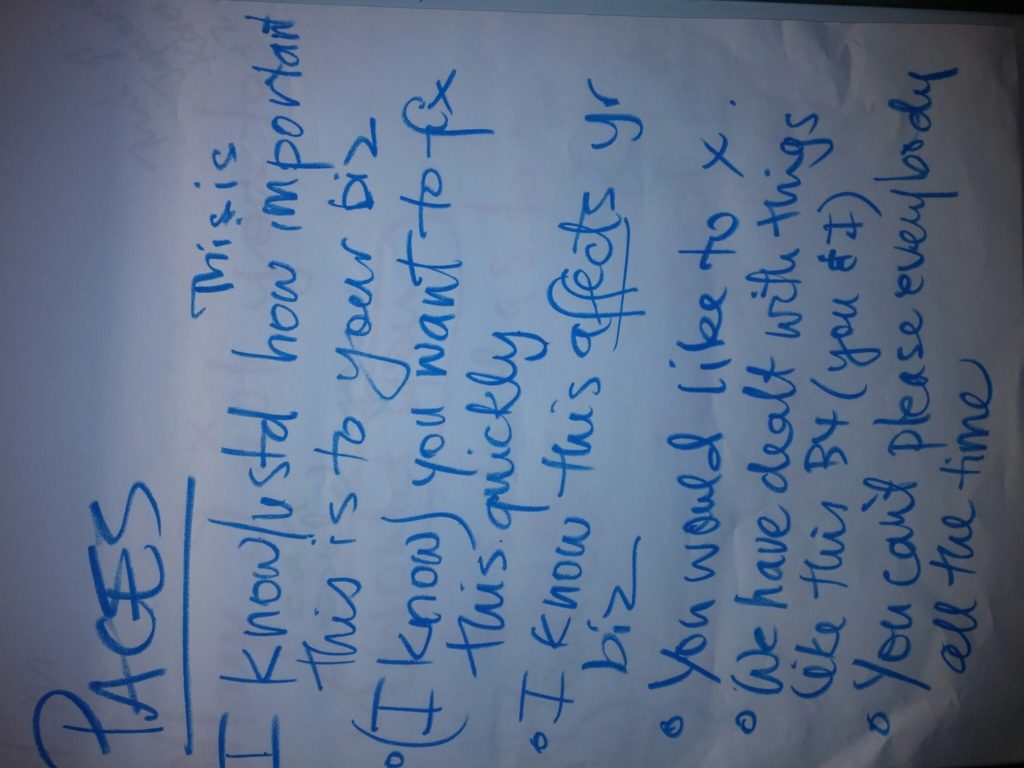Detail people: They can drive you crazy, or you can love them. Here’s how to do the latter if the former is easier for you right now!

“Let me give you the big picture – with all of the I’s dotted and the t’s crossed…”
Janet’s boss Robert seems more interested in the administrivia of her work than where it’s going. Robert points out a spelling error, but he can’t tell her whether her project is worthwhile. He drills down to the detail on the cost of paper before she’s begun to ask about the target audience for their cultural change initiative.
Perhaps you know someone like Robert. Maybe he is your client,

1. Be prepared – know what you want
Firstly, be prepared for the Roberts of this world. Make sure when you meet you have a clear objective, and that you state it. “This meeting is to get your sign off”. If you just drop in to update him, or send emails just to keep him informed, then expect a diversion to the detail highway bypassing Big Picture.

2. Show the detail people you have the detail under control
Next, make it clear that you have all of the detail covered. This

3. Notice the direction they go in and use it
In general people don’t just do detail, they have a direction. They move from detail towards the big picture or from the big picture to detail.
An example of detail to generalities – “I see we need procedures for checking our products, that the KPI’s don’t cover rework and this means your project must look at quality and productivity” (clue: “this means” often precedes a “chunk up” towards the bigger picture).
Other people go from the big picture to details “We have 2 big problems: quality and productivity. For example, rework isn’t in the KPIs, and procedures don’t include checking…” (clue: “for example” usually precedes a “chunk down” towards detail).
Notice which direction your own Robert takes. Then present in the same order. You’ll be surprised how they respond – they often feel more understood, and this can make working with them more pleasant.
This is related to the idea of rapport. Check it out here, here, and here.
4. Try chunking the detail people up
You can also get them to change direction by asking them questions which will cause them to “chunk up”.
Some of the prize questions would include:
- What is the purpose or importance of this detail?
- What does it mean in the big picture?
- How does this detail affect the project outcome?

5. Ask the detail people to preview (and guide their attention)
You can also give them time to preview the material (send them lots), and ask them to address a number of specific (and detailed) questions, which you need answers to.
So for example, you might send Robert a report including appendices. On a covering note ask him questions like:
“We have 13 options for eliminating rework in the warehouse. They are (list 1 – 13)… In which order should we implement?”
“The expert panel have reviewed the vendor specs (see attached table). How long will you need to work with the panel to conclude which vendor to use?”
In this way, you’re steering him to the detailed information you want not the random details he thinks you want!
6. Capitalise on it
Of course, the hardest thing to do right now may be to accept that people like Robert have a gift. The challenge is to discover how you can use their predictability to your advantage.
Who would you want on your side when you’re doing a tricky project, and the client wants comprehensive answers – the one who “wings it”

7. Accept it!
The final strategy you may want to try is to leave them a few







